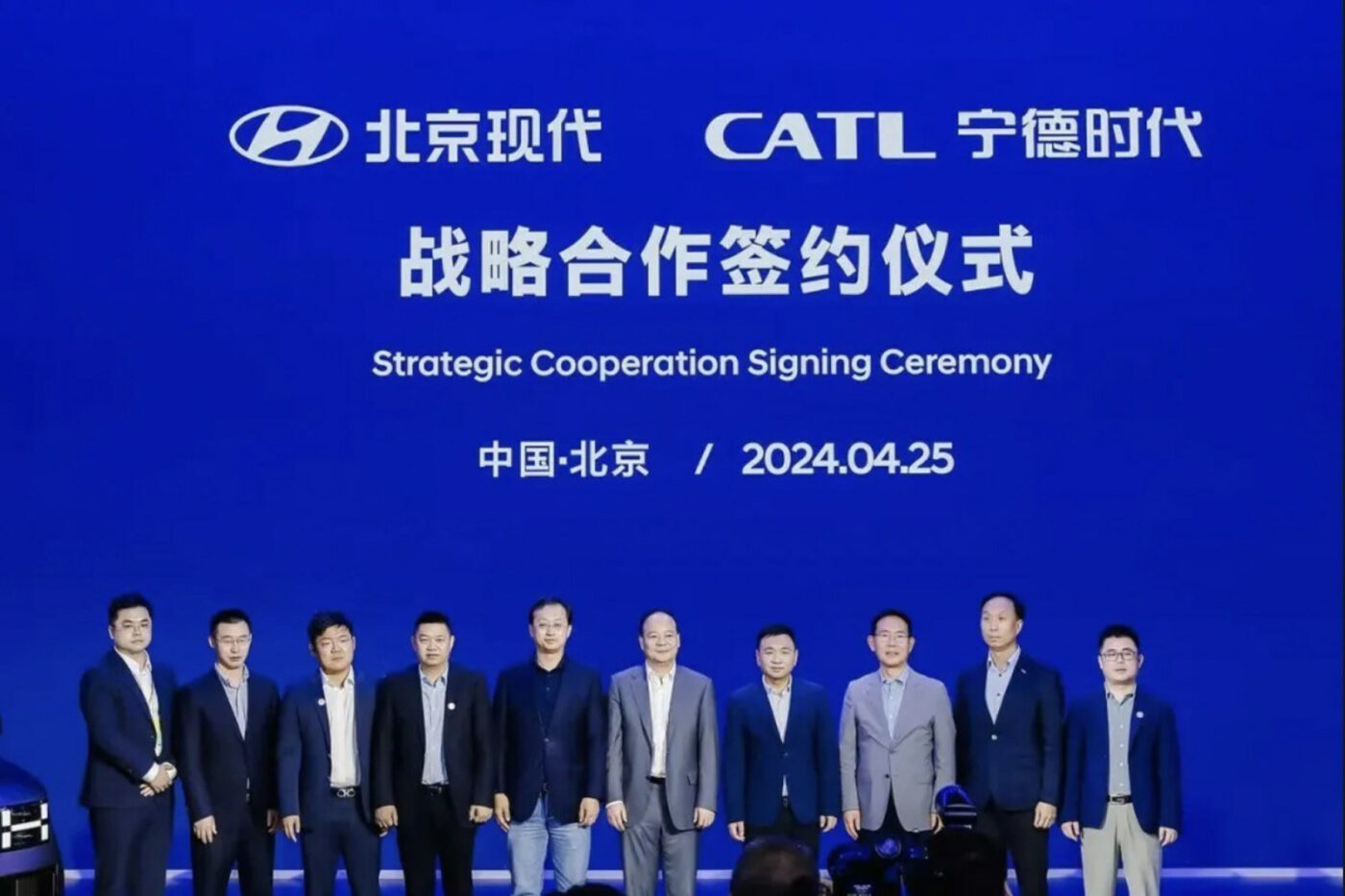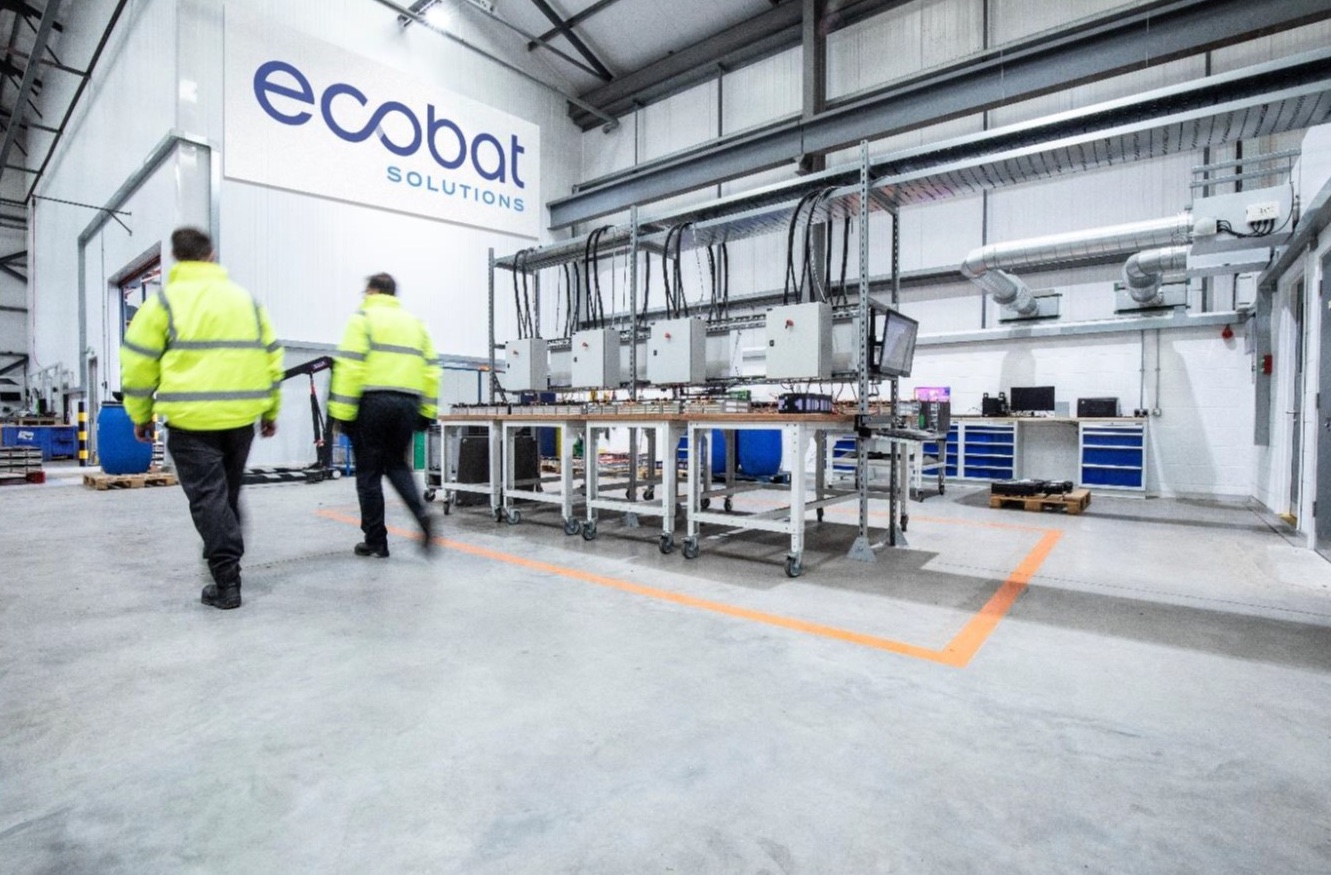CATL is targeting small-volume production of all-solid-state batteries by 2027, marking the first time the battery maker has announced a mass-production timetable for the new batteries.
CATL’s chief scientist Wu Kai revealed at the China International Battery Fair (CIBF) 2024 event that the company’s all-solid-state battery development currently stands at a 4 on a scale of 1-9 for technology and manufacturing maturity. The goal is to reach a score of 7-8 by 2027, allowing for small-batch production. However, high-volume production still faces challenges, particularly regarding cost.
Wu highlighted the advantages of all-solid-state batteries, noting their potential for higher energy density and improved safety. While the energy density of liquid lithium batteries currently reaches 350 Wh/kg, Wu expects all-solid-state batteries to achieve 500 Wh/kg.
CATL aims to secure a 1 percent share of the all-solid-state battery market but acknowledges that significant scientific challenges remain. The company has been collaborating with various partners, including those in the battery industry chain and universities, to address these challenges.
With over a decade of R&D in all-solid-state batteries, CATL has built a team of close to 1,000 people dedicated to solid-state battery and new system battery R&D.
CATL’s partner Nio (NYSE: NIO) recently achieved a milestone with its 150-kWh semi-solid-state battery, which powered the ET7 sedan to achieve a real-world range of more than 1,000 kilometers.
Academician Ouyang Minggao emphasized the importance of 1 percent market share as a significant threshold for automotive technology. He advocated for the development of transitional technology routes like semi-solid-state batteries while also cautioning against the disruptive risks posed by radical all-solid-state battery technology routes. According to Ouyang, it could take 20-30 years for solid-state batteries to reach a 50 percent market share, with liquid batteries expected to remain dominant for at least another 20 years.







